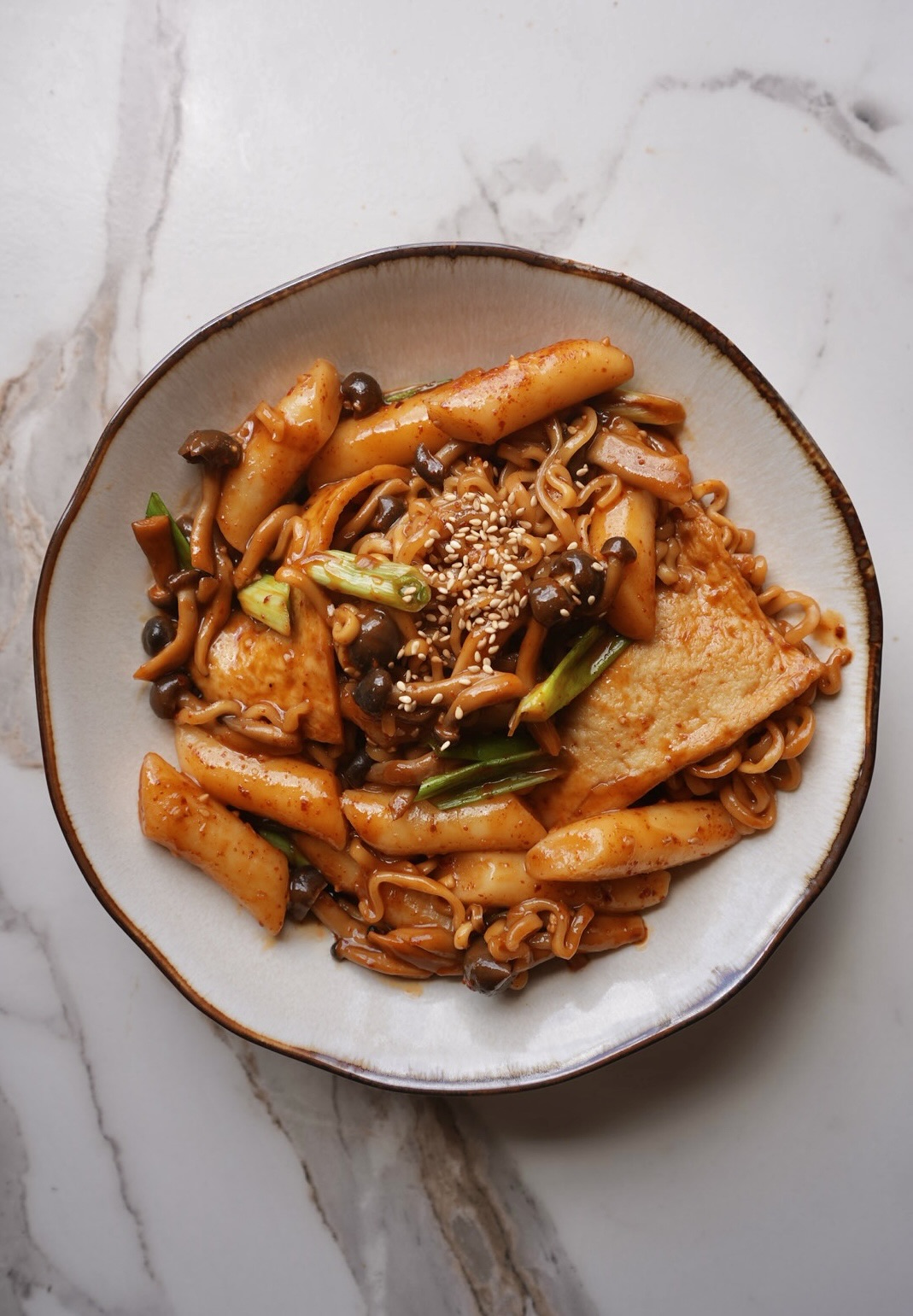
Rabokki (라볶이), short for ramyeon tteokbokki, is the ultimate Korean comfort food mashup. It’s a spicy, savory, and slightly sweet dish that combines two beloved classics: ramyeon (instant ramen noodles) and tteokbokki (spicy rice cakes)
Rabokki is a popular street food in Korea, often sold at pojangmacha (street food stalls) or small eateries. It’s also a favorite among students and home cooks for its bold flavors, satisfying texture. Additionally, it’s budget friendly, as the ingredients are fairly inexpensive!
The base is a gochujang-based sauce simmered with a bit of sugar, soy sauce, and garlic, which coats the tteok and ramen as they soak up all that spicy-sweet goodness.
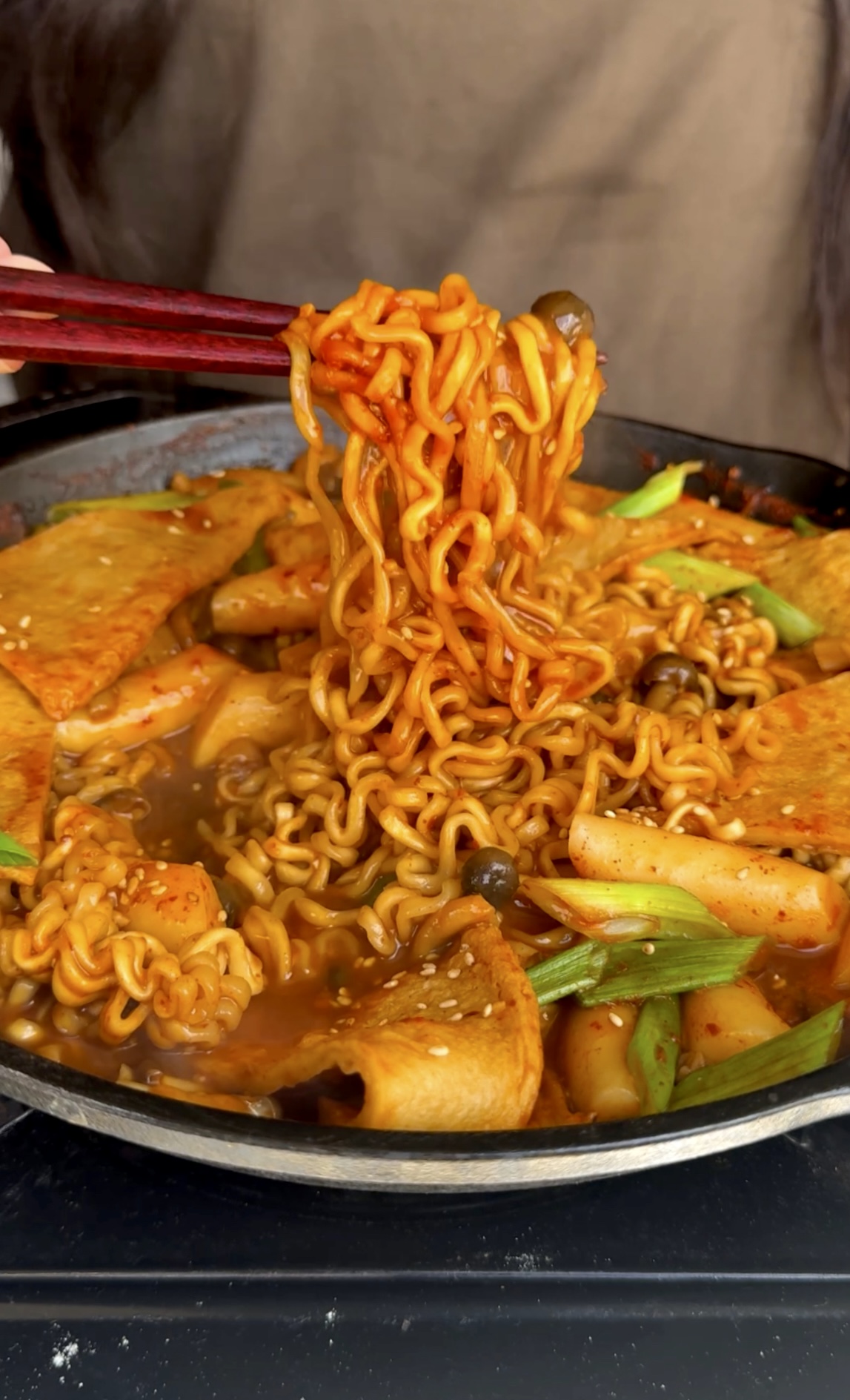
What I love about Rabokki is how easy it is to customize. It’s delicious on its own, but you can easily bulk it up with extra ingredients depending on what you have on hand.
For a more veggie-forward version, you can add a variety of vegetables to the mix without losing any of the dish’s classic flavor.
Sliced cabbage is a common addition, while carrots (cut into thin matchsticks), green onions, and mushrooms (like enoki, shiitake, oyster, or shimeji, which is what I use in my recipe) are also great choices. You can even throw in baby spinach or bok choy at the end for a touch of green.
What is Tteokbokki?
Tteokbokki (떡볶이) is one of Korea’s most iconic street foods: chewy rice cakes simmered in a spicy, sweet, and savory gochujang-based sauce. It’s bold and comforting! The rice cakes (tteok) are soft but chewy, making them the perfect vehicle for soaking up the vibrant red sauce.
Traditional versions often include fish cakes (eomuk), green onions, and sometimes boiled eggs, but you’ll also find variations topped with cheese, ramen, or even cream-based sauces for a modern twist.
If you’re looking to try tteokbokki, look for Korean markets like H-Mart or other Asian grocery stores where you can often buy rice cakes. They’re usually sold in the refrigerated or frozen section, and you’ll need gochujang (Korean chili paste), soy sauce, sugar, and garlic for the sauce.
What is Gochujang?
Gochujang adds an incredible depth of flavor with its signature blend of heat, sweetness, and umami. Made from red chili peppers, fermented soybeans, glutinous rice, and salt, gochujang brings a spicy kick. This thick, vibrant red paste has a unique fermentation process that gives it a slight tang and an earthy quality, similar to that of miso or soy sauce but with a touch of sweetness from the glutinous rice.
In Korean cooking, gochujang is a beloved staple, used in everything from stews and marinades to dipping sauces. Its versatility has made it popular in fusion dishes, adding a unique Korean twist and depth to many cuisines.
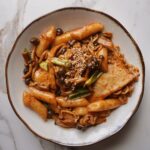
How to Make Rabokki: Spicy Ramen Tteokbokki
- Total Time: 30 minutes
Description
Rabokki is a spicy, savory Korean street food dish that combines chewy rice cakes (tteokbokki) with instant ramen noodles in a bold gochujang-based sauce.
Ingredients
- 1 1/2 cups tteok (Korean rice cakes)
- 1 pack instant ramen noodles (any brand is fine; I used Buldak)
- 2 cups shimeji mushrooms, trimmed
- 2 sheets Korean fish cakes, cut into triangles
- Garnish: roasted sesame seeds and green onions, chopped
For the Sauce:
- 3 1/2 cups anchovy stock (substitute dashi)
- 2 tbsp soy sauce
- 3 cloves garlic, minced
- 1 1/2 tbsp gochugaru
- 1 tbsp granulated sugar (substitute honey)
- 3 tbsp gochujang
Instructions
- If using frozen tteok, to a medium-sized bowl, add your tteok, and submerge it in water. Let it soak for 10-15 minutes. Otherwise, proceed forward.
- In a large pan or shallow pot, add the anchovy stock, soy sauce, minced garlic, gochugaru, sugar, and gochujang. Stir well to combine and bring to a gentle boil over medium heat.
- Once the sauce is bubbling, add the tteok. Simmer for 5 – 7 minutes, stirring occasionally, until the rice cakes begin to soften.
- Stir in the shimeji mushrooms, ramen noodles, and fish cakes. Cook for another 3 – 4 minutes, or until the noodles are cooked through and the sauce has thickened slightly.
- Turn off the heat. Garnish with chopped green onions and roasted sesame seeds before serving.
- Prep Time: 15 minutes
- Cook Time: 15 minutes
Nutrition
- Serving Size: 2

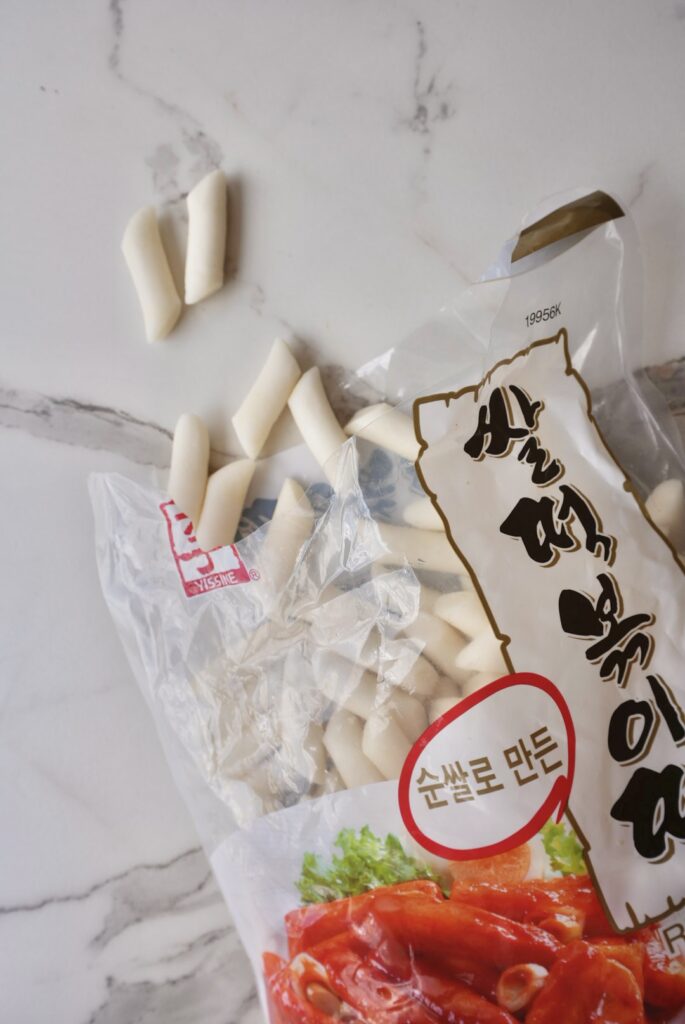
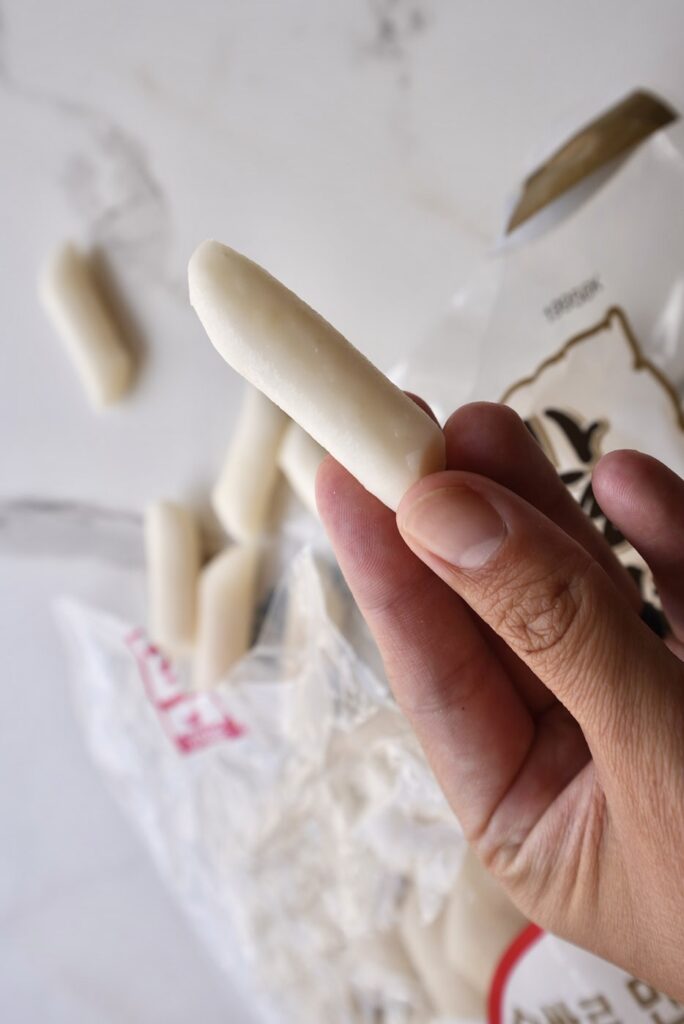
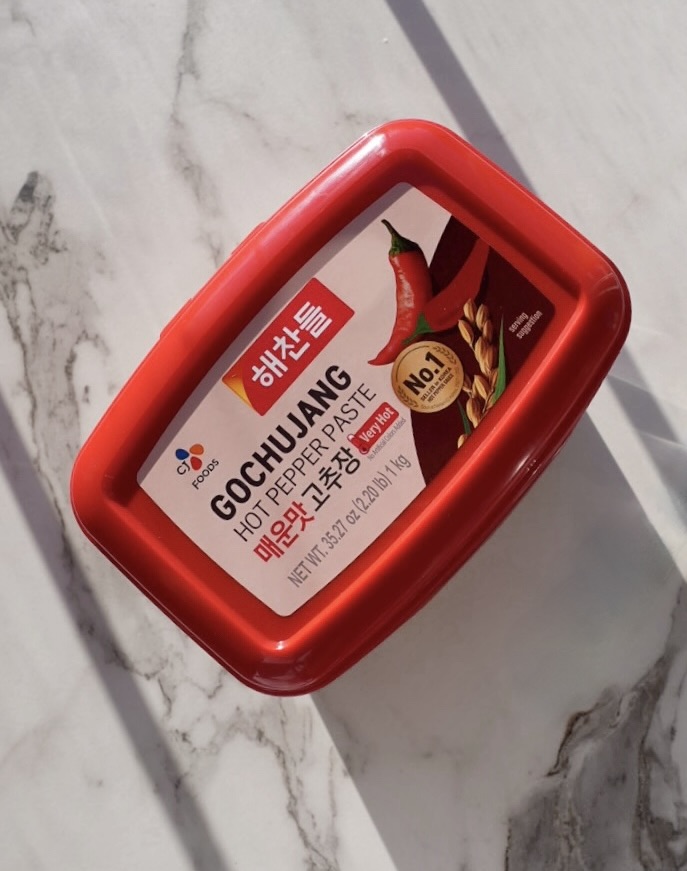
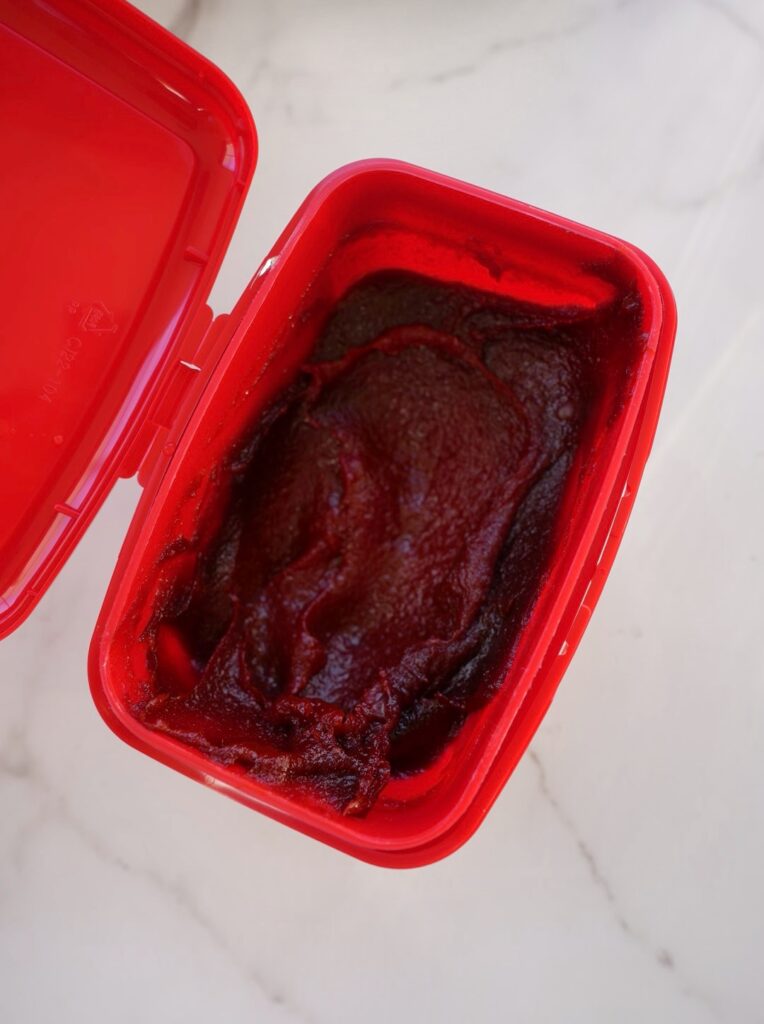
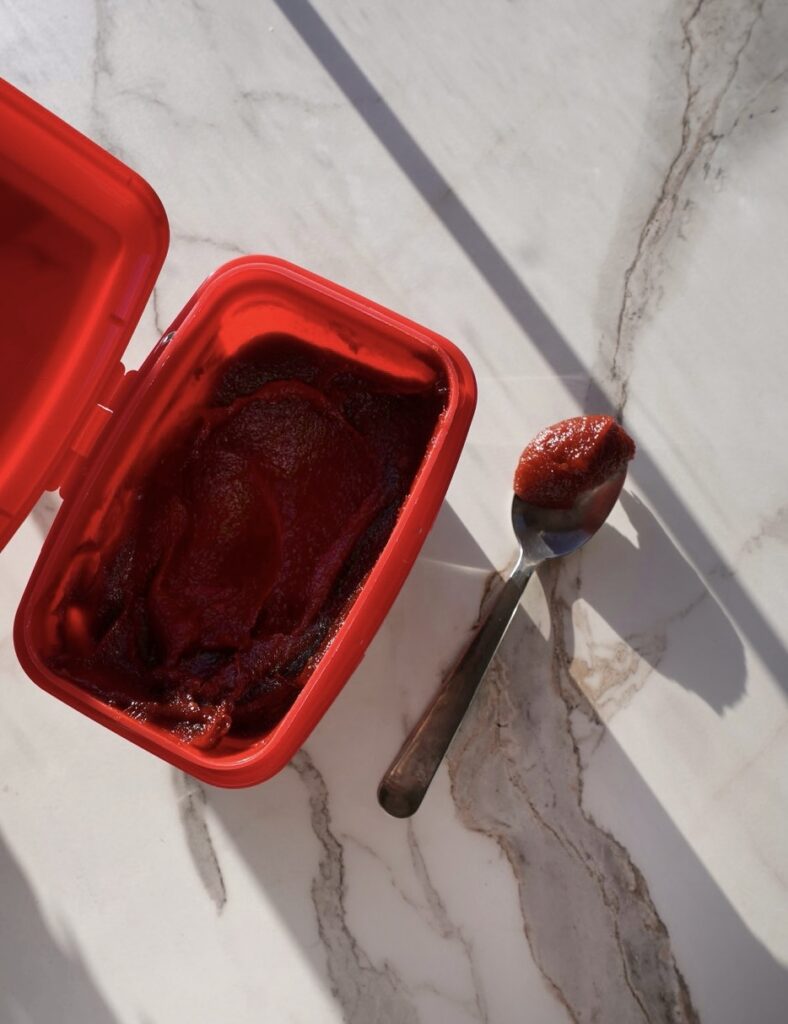



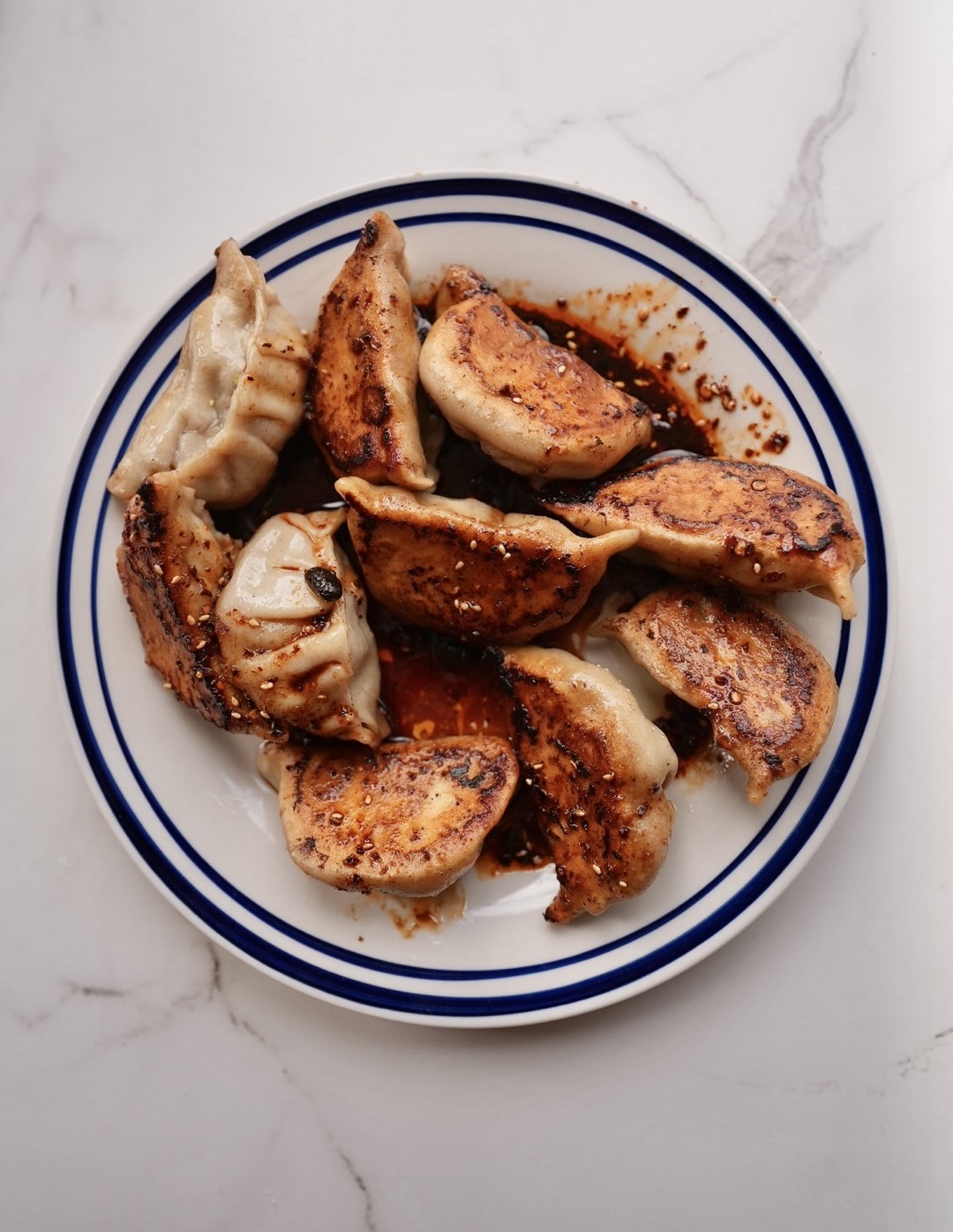
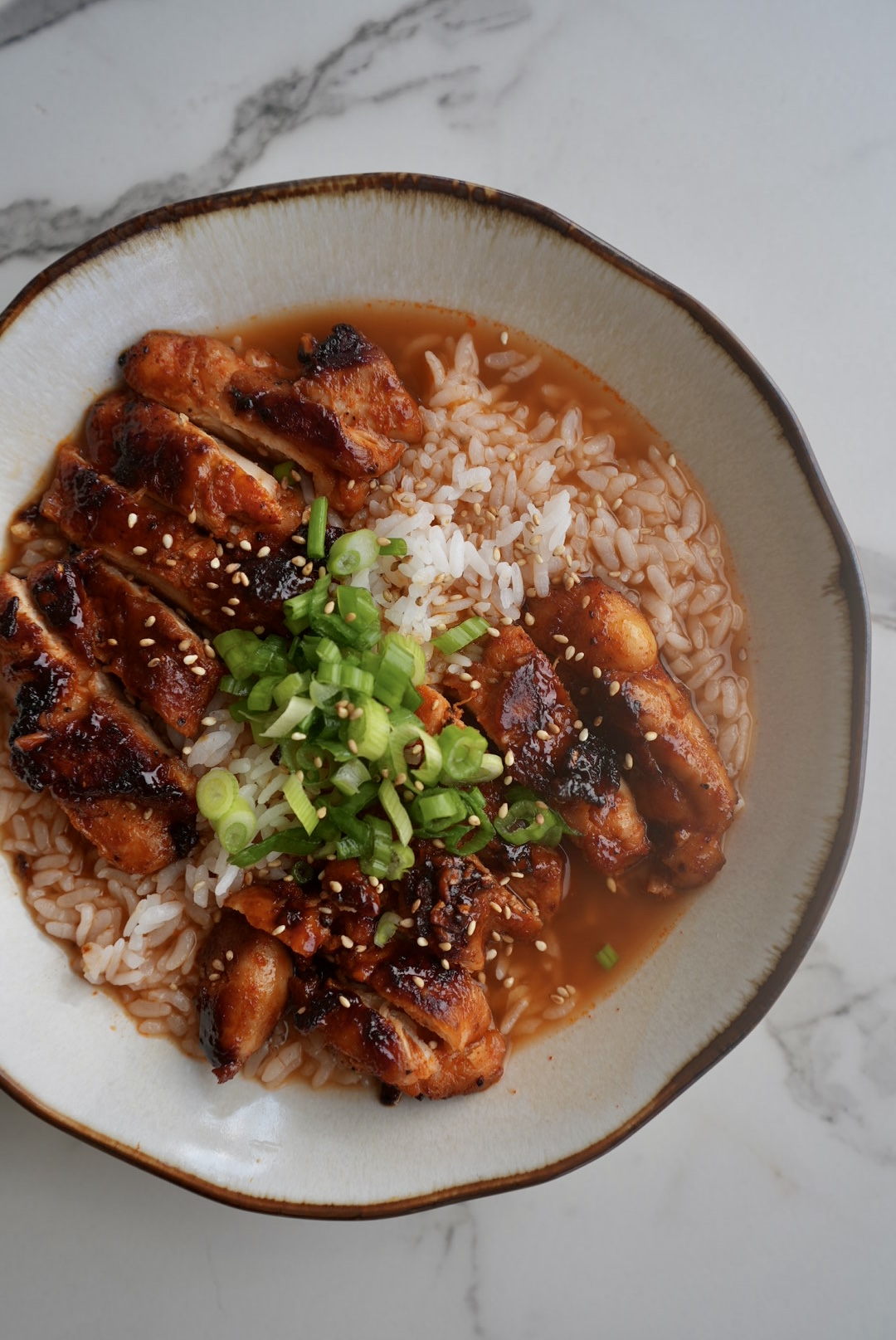
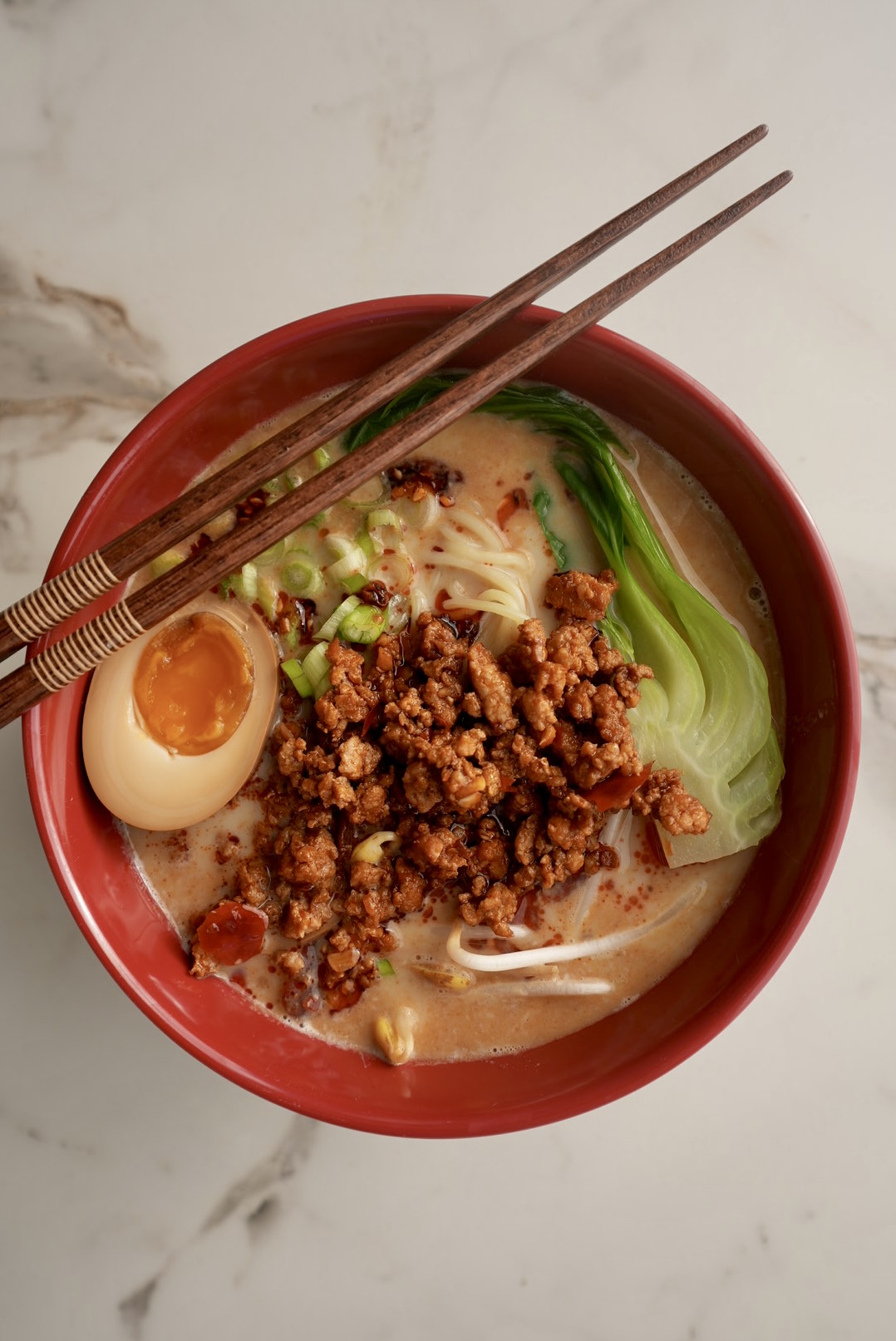
This is the ultimate asian comfort food!
It truly is! Agreed!
This was easy to customize. I added an egg and fish cake and it was perfect.
Yum – love the eggs with it! So good!